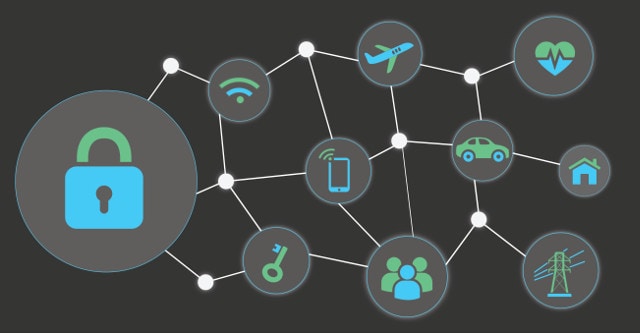
IoT Security Challenges: Guarding the Expanding Internet of Things
Introduction
The Internet of Things (IoT) is rapidly transforming various aspects of our lives, connecting billions of devices from smart homes to industrial systems. However, this exponential growth also introduces significant security challenges that must be addressed to protect data, privacy, and critical infrastructure.
Key Security Threats
- Data Breaches: IoT devices often collect and transmit sensitive information, making them attractively vulnerable to data breaches.
- Malware and Ransomware: Malicious software can compromise IoT devices, locking them up or demanding payment for their release.
- Botnets: IoT devices can be easily infected and used as part of botnets, launching large-scale cyberattacks.
- Physical Tampering: IoT devices in public or shared spaces may be vulnerable to physical tampering, including device theft or malicious firmware modification.
- Supply Chain Attacks: Compromising the manufacturing or firmware supply chain can lead to the introduction of vulnerabilities or backdoors into IoT devices.
Security Challenges
- Heterogeneity: The vast diversity of IoT devices and protocols poses challenges for developing comprehensive security measures.
- Limited Resources: Many IoT devices have limited processing power, memory, and bandwidth, making traditional security solutions impractical.
- Network Connectivity: IoT devices often operate on wireless networks, which can introduce vulnerabilities and expose them to external threats.
- Lack of Standardization: The absence of standardized security protocols and best practices creates challenges in ensuring consistent protection across different IoT systems.
- Legacy Devices: Older IoT devices may lack security features and become easy targets for exploitation.
Mitigating Security Risks
To effectively address these challenges, organizations and individuals must adopt proactive security measures, including:
- Secure By Design: IoT devices should be designed with security in mind, including strong encryption, authentication, and firmware updates.
- Network Segmentation: Isolating IoT devices from critical infrastructure and limiting device-to-device communication can reduce the risk of attacks.
- Data Encryption: Encrypting data at rest and in transit protects against data breaches and ransomware attacks.
- Firmware Validation: Regular firmware updates should be thoroughly tested and validated to prevent vulnerabilities from being exploited.
- Physical Security: Securing physical access to IoT devices can prevent tampering and unauthorized modifications.
Additional Considerations
- Security Awareness: Educate users and organizations about IoT security risks and best practices.
- Government Regulations: Regulatory frameworks can help establish security standards and promote compliance.
- Collaboration: Collaboration between device manufacturers, software vendors, and security researchers is crucial for developing and implementing effective security solutions.
Conclusion
The security of the Internet of Things is paramount to protect against cyber threats and ensure the safe and reliable operation of IoT systems. By addressing the security challenges, implementing proactive measures, and fostering collaboration, we can safeguard the expanding IoT ecosystem and unlock its full potential without compromising data, privacy, or critical infrastructure.


